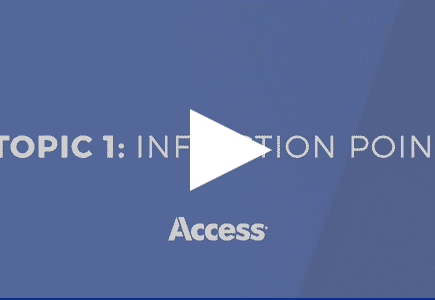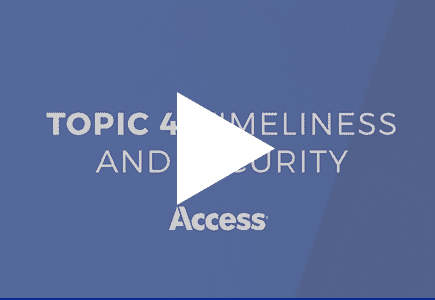This short video presents a vision for how to navigate disruption, whether due to world events, technologies, or companies.
Video Summary
In this video, we explore a disruptive inflection point and its impact on businesses. We discuss strategies to help clients overcome current barriers and obstacles using new solutions, while also emphasizing the importance of building a sustainable program for an uncertain future. Our focus is on implementing standard RIM (Records and Information Management) practices to improve program quality, reduce risk, and enhance staff productivity. Discover how our solutions have brought significant benefits to clients, prompting many to continue with our services even in challenging times. Join us in understanding the importance of change and flexibility in today’s dynamic business landscape.
Video Transcript
This inflection point that we referenced earlier is disruptive. And a lot of times we talk about disruptive technology, we talk about disruptive companies, but this is a different type of disruption, right?
And what we’ve been focused on with our clients and our prospects is to help them navigate that. And the way we’ve talked about it is through two ways, right?
Is current state or current situation, how do we solve current barriers and obstacles for clients with new solutions, new technologies, how do we help them overcome these? But more importantly, how do we build a sustainable program in a future state that is unknown, right? Where there’s gonna be evolving and changing requirements on their business, there’s gonna be evolving and changing information requirements on retention and things like that.
So how can we help clients address what they have in front of them today? And that’s through some of the solutions that we’ve been discussing. And then also look to the future and say, we need to start implementing some standard RIM practices that are gonna ultimately improve your program.
And the vast majority of clients that we’ve been working with have seen significant benefit in the last five to six months when we’ve implemented these new strategies, these new techniques, and we’re bringing an increased level of quality to their program.
And in the long-term, it’s gonna provide less risk and also give them a better product for their staff. A lot of our clients that we’ve been able to work with have decided that long-term, they will continue with some of these solutions that we’ve provided them throughout these challenging times. So that’s been, I think for me and for our teams, a real key learning here with understanding the importance of change and again, flexibility.
Thank you. Thank you. Thank you. Thank you.







